Perception on the Blue Valley Academy analyzed
With 22,787 students, a 1,848 person certified staff and 91 square miles of property, the Blue Valley Unified School District is rated number one for the best school district in Kansas, according to niche.com. Among these 22,787 students, 87 select students choose to leave their home school and enter an alternative program in order to pursue a different way of learning.
With the sometimes negative perception of the Academy and its students, many Blue Valley students may have varied opinions about its purpose in the community. Junior and former Academy student Daniel Ginsberg said he agrees with the stigma, encountering first-hand what it’s like to be an Academy student.
“There is a stigma,” Ginsberg said. “All people do is get high and do stupid [stuff]. It’s true what people say. Academically, [students] need it. They need to do nothing in order to get an A. It’s just making it easy on people who are too lazy to make an effort. It’s like pre-school for high [school students].”
Transferring back this semester, Ginsberg said his main reason for coming back was due to joining a 12-step-program. Ginsberg said he has been sober for about five months.
“Being in sobriety, I’d say the worst thing about the Academy is that everyone there gets high,” Ginsberg said. “If you want to go sober and you’re at the Academy, either drop out or go to one for the home schools.”
The Blue Valley Academy is a district program that allows students to receive credits at a faster pace than a traditional high school in the district, along with many other benefits. Since many students may view the Academy as a way for the district to relocate students who may have struggles at home and associate the Academy with drug use, crime or behavioral issues, principal Dr. Valerie Jennings said it is difficult to fight the stigmas.
“You think about the kids that you know that have made the choice to come to the Academy … those kids are making a big decision to leave their big high school and go somewhere else,” Jennings said. “And oftentimes, not always, but oftentimes those kids aren’t doing well in school. They’ve not made good decisions. They’ve not gone to school regularly. They’ve gotten themselves into trouble because of poor decisions outside of school. Or, they hide in the corner. So you think about, ‘O.K., they’ve got this place and that’s where those kids go.’ It’s hard to battle because those are the kids, the individuals that we help reshape, so that is our purpose. When you’re in a big high school, all those things are still happening there, but it’s just that one group of kids and that’s not the focus.”
Jennings has been in the Blue Valley district for 30 years, working as an art teacher, school psychologist and assistant principal at Blue Valley North prior to her current job at the Academy. Following her job as an art teacher, she said she decided to receive her administrative certification. Jennings said she was not present for the founding of the Academy, but helped lay the groundwork for the program.
“I was actually on the committee to decide what we needed and what [the Academy] might look like,” Jennings said. “I was on that committee as a school psychologist and I kind of feel like I helped invent it in some way.”
Jennings said the role of the Academy in the Blue Valley community is to aid “at risk” students with getting back on track and completing high school by connecting with students on a more personal level.
“Even though I am principal, I really am working as a school psych because I work differently than a principal would typically work,” Jennings said. “In addition to that, I also teach an art class … it’s kind of like the best of both worlds.”
As an alternative schooling program for those who find it difficult to learn in a traditional school setting, the Blue Valley Academy aims to help students recover credits and provides alternative methods to teaching students the curriculum. The Academy averages 87 students per semester, with between seven to 15 students in each class.
“Blue Valley Academy is kind of like a family,” Jennings said. “We’re very small. We have an eight [person] teaching staff, not including me, so we work really closely together and we really problem solve in teams all the time. We’re always collaborating and talking and communicating about our kids because we try to be as proactive as we possibly can with any situation that may come up. I love working with my staff and I love working with the kids in this building. If you work here you are making a significant difference in somebody’s life every day.”
Jennings said the relationships between the Academy staff and its student body are crucial to the success of the program. While in large high schools, many students may feel as though they are unnoticed and unrewarded for their hard work or actions outside of the classroom, Jennings said the Academy focuses on making sure students know they have that support they may have lacked at their original school.
“It really is about the relationship building,” Jennings said. “If I, as a teacher, believe in you and you truly feel that I care about you, that in itself will [incentivize] you to try a little harder. Even if you screw up a day, we all screw up. We deal with it, but we don’t hold it against them … it’s all about learning. We’re not going to think of you any differently, we’re just guiding you to make better decisions. That’s really the biggest part of kids feeling like they belong somewhere and feeling like they can do it differently.”
In addition to the emotional support in the program, the students have the ability to receive credits at a faster pace than a traditional high school.
Jennings said this is another key component in students making the decision to transfer from their home school and joining the Academy program.
“Students can earn eight credits in a school year instead of seven and a half,” Jennings said. “They can get two credits per term [if] they’re enrolled in four classes … Our hours are 9 to 2:50, but we do that for a couple of reasons. It allows kids to take a first hour at their home school. They can still get over here for our school day or if they’re a credit short and they are a senior and they’ve got to make up nine credits, they can actually get nine credits in a school year to make that up.”
Each term at the Academy is equivalent to one quarter at a traditional high school and allows students to receive half a credit in a course while each semester at the Academy allows students to gain a full credit, as opposed to the other high schools in the district, where students must take courses for an entire school year to receive a full credit.
“It’s really important because they really feel like they need to get out [of high school], but they also want their diploma,” Jennings said. “[For] kids that are just ready to move on, it allows them that opportunity. We had 15 early graduates at winter break. It’s amazing how that half credit can really allow you to move forward … If [a student] is a credit short and they are a senior and they’ve got to make up nine credits, they can actually get nine credits in a school year to make that up and graduate.”
Students in the Academy program are able to transfer by talking to their home school counselors or administration. Counselor Kristi Dixon has helped students who originally attended Southwest transfer to the Academy.
“My role is the same of all of our counselors in that if we have students that we think are a great fit for the Academy or if students approach us about a desire to go to the Academy, then we help them with that process,” Dixon said. “[With] students that choose to attend the Academy, typically the most common reason is that traditional high school just isn’t a great fit for a variety of reasons. As you know, not every kid wants to be in a classroom with 30 other people trying to learn. That just doesn’t work for everybody. Even though we’re the smallest of the Blue Valley high schools, we’re still a large school.”
Southwest enrollment is currently 1,100 students, with an average class size of 28, while the Academy has an average class size below 15 students. Southwest students who decide to join the Academy program, however, still are a part of the Blue Valley Southwest community, Dixon said.
“Our Southwest students who attend the Academy finish with a diploma that says Blue Valley Southwest,” Dixon said. “Basically, they’re still ours — you can still be on our teams, you can still participate in our clubs, you can still go all of the events and the dances — you’re still a Timberwolf. It just so happens that your classes are held in a different building. That’s the way we like to look at it. Blue Valley Academy, while it feels like a school, in educational terms, it is considered a program, so your diploma still comes from here.”
In visiting with students, Dixon said she recognizes certain students need different types of environments. Similarly, Jennings said she believes in unique kinds of support and that every student is different.
“Not all kids are the same,” Jennings said. “Some kids need more personalized and individualized support in order to become competent, confident adults. Most kids in large high schools can achieve that, but it’s not for everybody. So I think it’s important to have this option for kids and we’re lucky we have it.”
| summerlyon
| ariellesinger


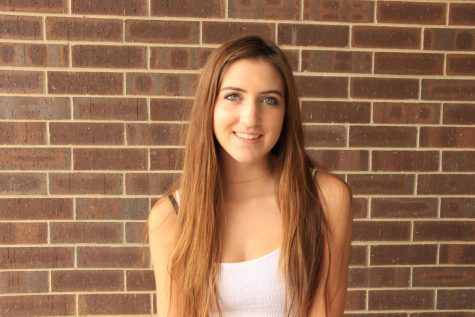
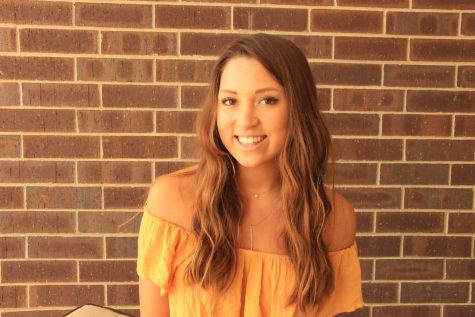
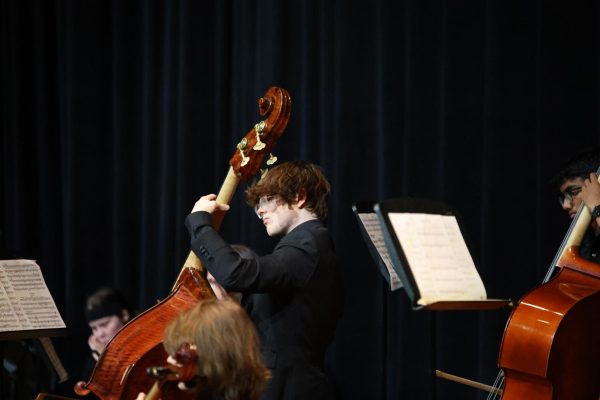
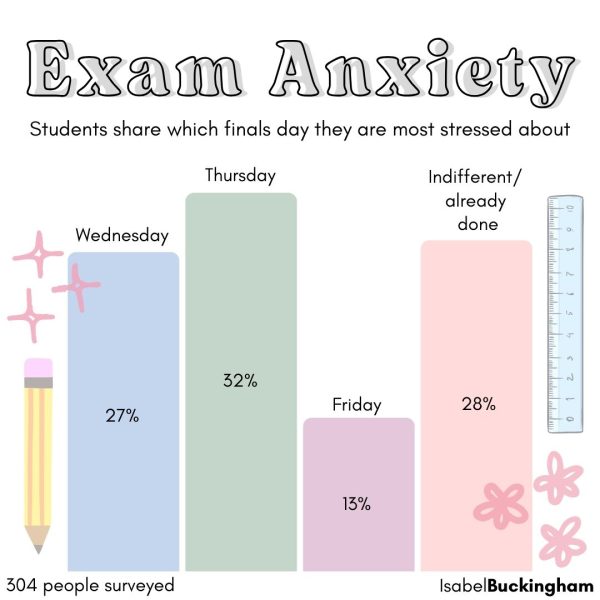
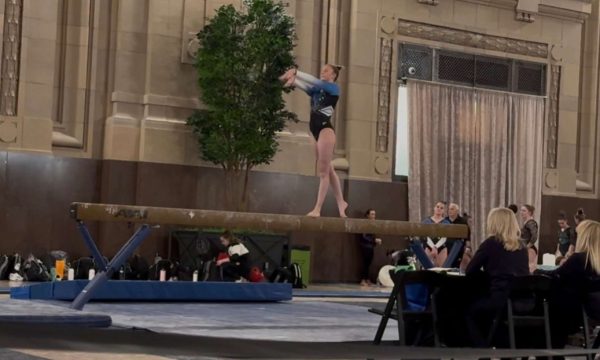
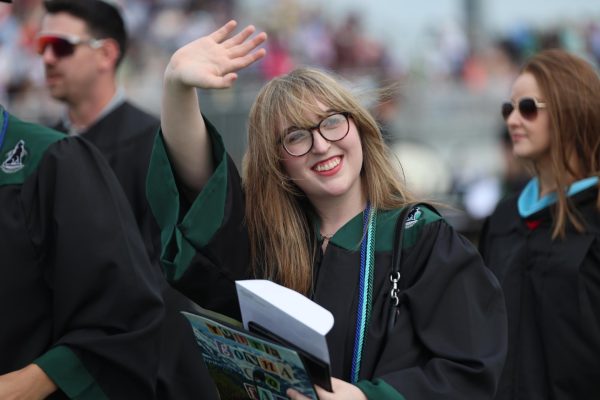
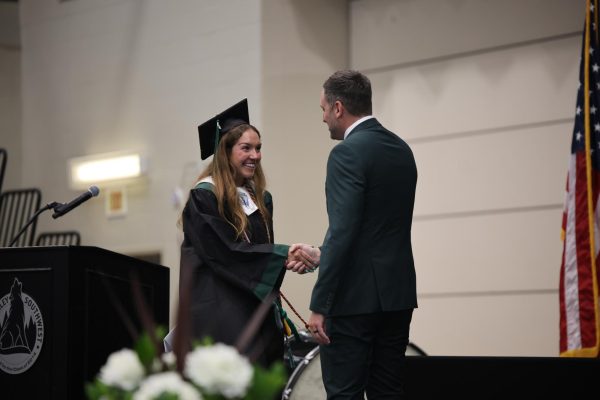
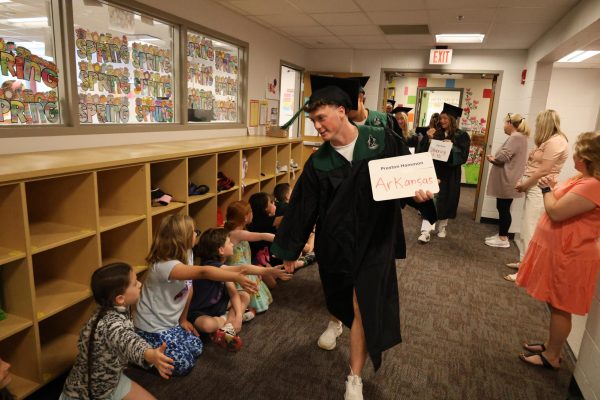

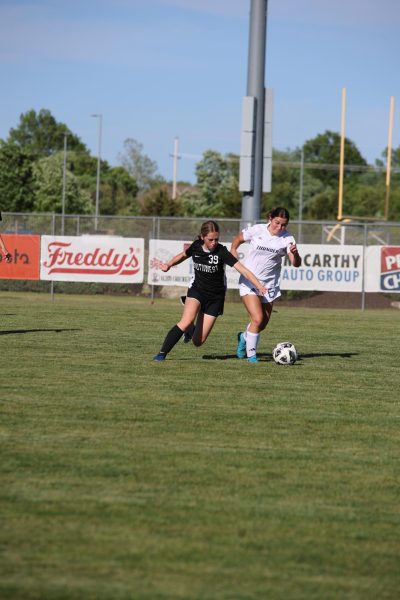
Ana Duncan • Dec 16, 2020 at 11:04 am
BVA is THE BEST SCHOOL EVER. My daughter needed lots of help and she is getting it here. They really care about the children academic and personal sucess.
Thanks
Ana